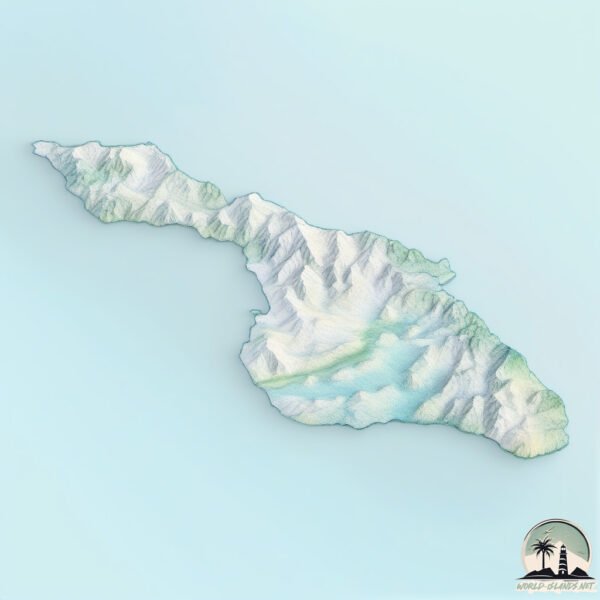Santa Catalina

Welcome to Santa Catalina, a Temperate island in the North Pacific Ocean, part of the majestic Pacific Ocean. This guide offers a comprehensive overview of what makes Santa Catalina unique – from its geography and climate to its population, infrastructure, and beyond. Dive into the details:
- Geography and Size: Explore the island’s size and location.
- Climate and Weather: Weather patterns and temperature.
- Topography and Nature: Uncover the natural wonders of the island.
- Infrastructure and Travelling: Insights on reaching, staying, and making the most of your visit.
- News and Headlines: Latest News.
Geography and size of Santa Catalina
Size: 194.6 km²
Coastline: 96 km
Ocean: Pacific Ocean
Sea: North Pacific Ocean
Continent: North America
Santa Catalina is a Large Island spanning 195 km² with a coastline of 96 km.
Archipel: Channel Islands of California – Located off the coast of Southern California, these islands are known for their unique ecosystems and as a national park.
Tectonic Plate: Sunda – Extends across Southeast Asia, encompassing parts of the Sunda Shelf, known for its interaction with the Australian Plate, contributing to volcanic activity in Indonesia.
The geographic heart of the island is pinpointed at these coordinates:
Latitude: 33.38184051 / Longitude: -118.4331036
Climate and weather of Santa Catalina
Climate Zone: Temperate
Climate Details: Warm-Summer Mediterranean Climate
Temperature: Warm Summer
Climate Characteristics: Characterized by warm, dry summers and mild, wet winters, typical of coastal areas with abundant sunshine Rain is more common in the winter months, maintaining a moderate climate.
Topography and nature of Santa Catalina
Timezone: UTC-08:00
Timezone places: America/Los_Angeles
Max. Elevation: 505 m
Mean Elevation: 247 m
Vegetation: Shrubland
Tree Coverage: 22%
The mean elevation is 247 m. The highest elevation on the island reaches approximately 505 meters above sea level. The island is characterized by Plateau: Elevated flatlands rising sharply above the surrounding area, with a maximum elevation over 500 meters but a mean elevation less than 300 meters, forming unique highland areas on islands.
Dominating Vegetation: Shrubland
Dominated by shrubs and small bushes, these areas are typical in dry, rocky, or sandy environments, as well as in regions with poor soil fertility. Santa Catalina has a tree cover of 22 %.
Vegetation: 10 vegetation zones – Very Highly Diverse Island
Islands in this range are ecological powerhouses, showcasing a wide array of vegetation zones. Each zone, from lush rainforests to arid scrublands, coastal mangroves to mountainous regions, contributes to a complex and interdependent ecosystem. These islands are often hotspots of biodiversity, supporting numerous species and intricate ecological processes.
Infrastructure and Travelling to Santa Catalina
Does the island have a public airport? no.
There is no public and scheduled airport on Santa Catalina. The nearest airport is Long Beach Airport (Daugherty Field), located 51 km away.
Does the island have a major port? yes.
Santa Catalina is home to a major port. The following ports are situated on the island: .
The mean population of Santa Catalina is 23 per km². Santa Catalina is Gently Populated. The island belongs to United States of America.
Continuing your journey, Terminal is the next notable island, situated merely km away.
24 Hour Catalina Island Getaway



United States of America is classified as Developed region: G7: Group of Seven – Major advanced economies, including Canada, France, Germany, Italy, Japan, the United Kingdom, and the United States. The level of income is High income: OECD.
News – Latest Updates and Headlines from Santa Catalina
Stay informed with the most recent news and important headlines from Santa Catalina. Here’s a roundup of the latest developments.
Please note: The data used here has been primarily extracted from satellite readings. Deviations from exact values may occur, particularly regarding the height of elevations and population density. Land area and coastline measurements refer to average values at mean high tide.
